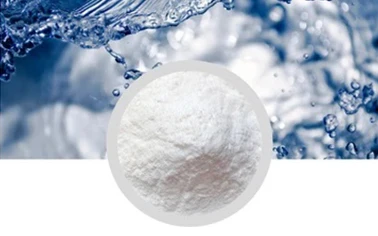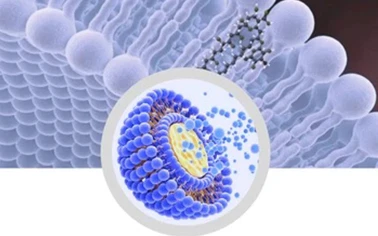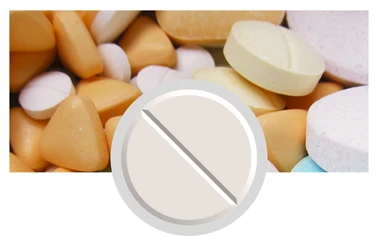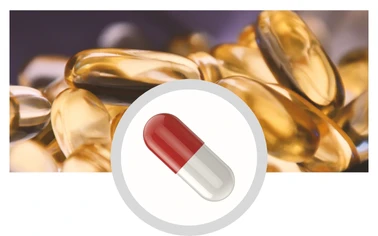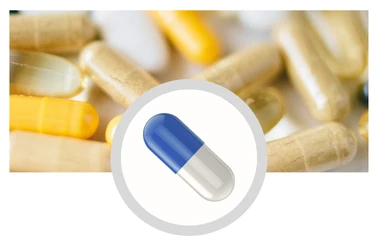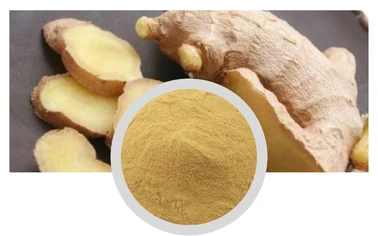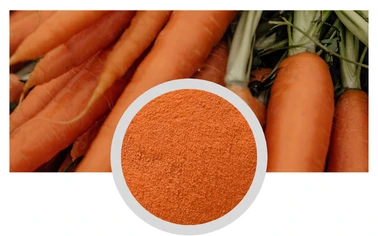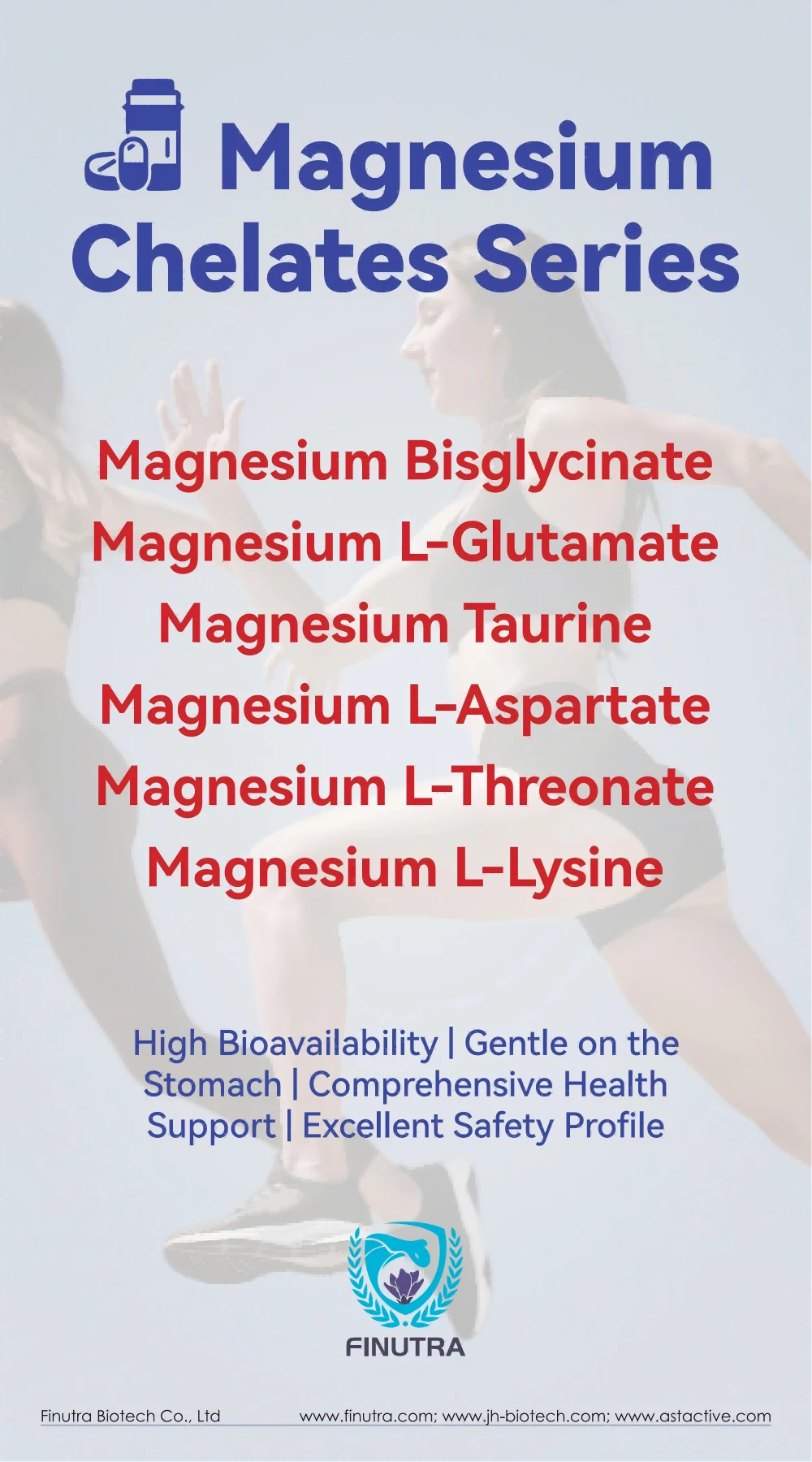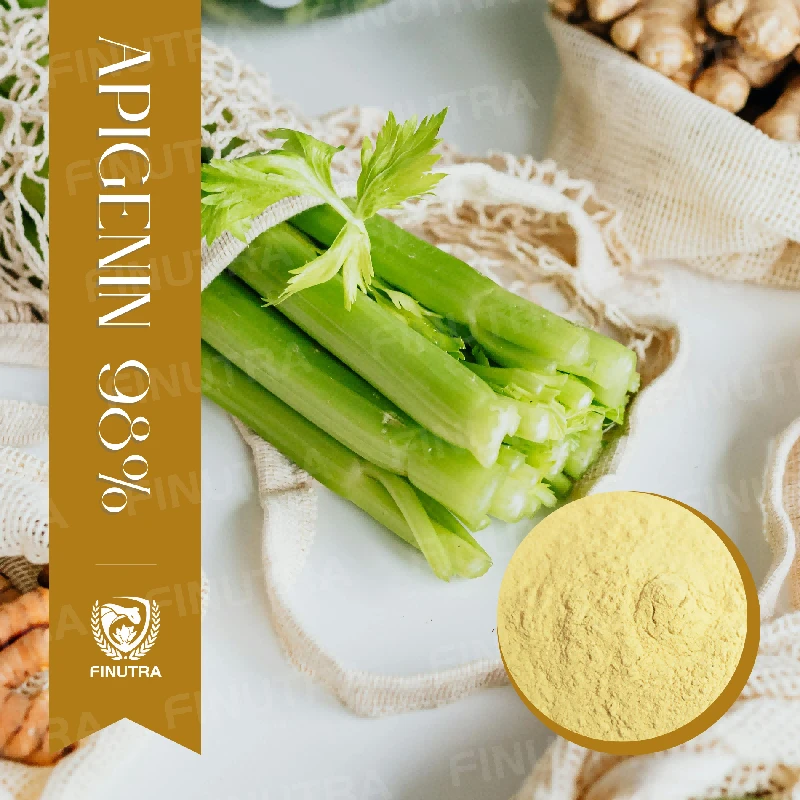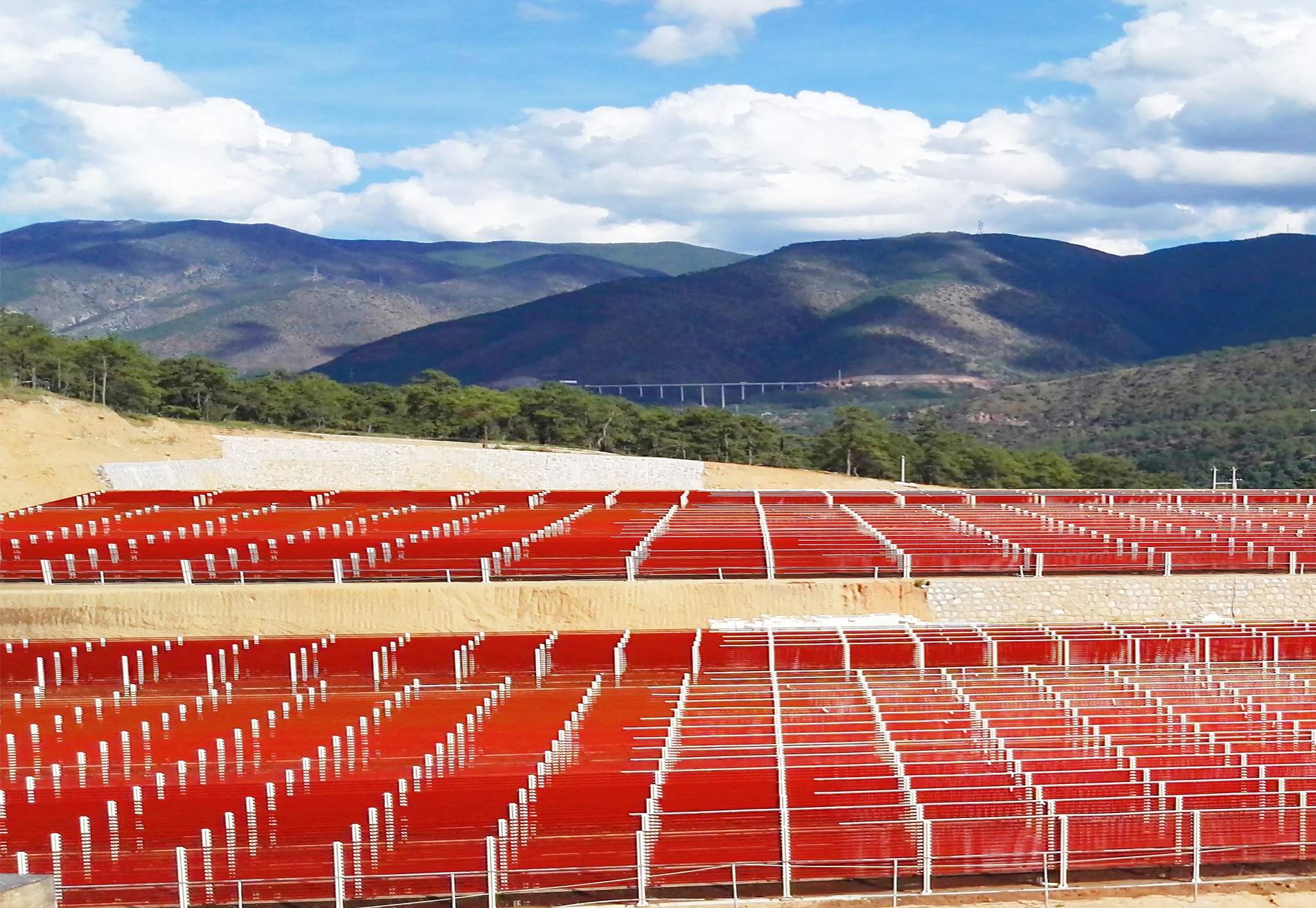Spray drying in microencapsulation is one of the most commonly used techniques for encapsulating active ingredients, especially in industries like food, pharmaceuticals, and cosmetics. This process involves transforming a liquid feed, typically containing the active compound, into a dry powder by spraying it into a hot air stream. The liquid droplets quickly evaporate, leaving behind a protective shell that encapsulates the active ingredient. This method offers significant benefits in terms of scalability, cost-effectiveness, and the ability to preserve the stability of sensitive compounds.
The spray drying in microencapsulation process is particularly useful for creating powders that maintain the potency of ingredients like vitamins, probiotics, or essential oils. It also helps protect volatile compounds from degradation due to heat or oxidation. Additionally, the fine particle size achieved in spray drying allows for better dispersion in various products, improving their performance and effectiveness. This technique is widely used for encapsulating fragrances, flavors, and colorants in the food industry, as well as for controlled drug release in pharmaceuticals.

Coacervation Method of Microencapsulation
Another widely used microencapsulation technique is the coacervation method of microencapsulation. This process involves creating a polymeric shell around an active ingredient by inducing phase separation in a solution. Coacervation occurs when a mixture of polymers and surfactants is altered, usually by changes in temperature, pH, or ionic strength, resulting in the formation of a polymer-rich phase that encapsulates the active substance.
The coacervation method of microencapsulation is highly favored for encapsulating sensitive bioactive ingredients like vitamins, enzymes, and drugs, as it allows for precise control over the shell thickness and the release rate of the encapsulated material. Additionally, this method can be adapted for use in various industries, from pharmaceuticals for controlled drug delivery to the food industry for preserving the flavor and nutrients of ingredients. The coacervation technique provides a robust barrier that enhances the stability and protection of encapsulated compounds, making it an ideal choice for sensitive applications.
Two Applications of Microencapsulation within a Technical Textile
Microencapsulation plays a significant role in enhancing the functionality of technical textiles. Two key applications of microencapsulation within a technical textile are in the creation of self-cleaning fabrics and the production of odor-controlling textiles.
Self-Cleaning Fabrics: By encapsulating cleaning agents or antimicrobial agents in microcapsules, technical textiles can be made to self-clean when exposed to environmental factors like sunlight or moisture. The microcapsules slowly release the cleaning agents when needed, making the fabric effectively clean itself without manual intervention. This technology is particularly useful in outdoor gear and protective clothing, where maintaining cleanliness without frequent washing is crucial.
Odor-Control Fabrics: Microencapsulation also provides an effective solution for odor control in technical textiles. By encapsulating odor-neutralizing agents like zinc oxide or silver nanoparticles, these textiles can neutralize smells caused by bacteria or sweat. The microcapsules slowly release the active ingredients over time, ensuring continuous freshness and preventing the buildup of unpleasant odors. These textiles are often used in sportswear, military uniforms, and medical garments, where odor control is of utmost importance.
Both of these applications demonstrate how microencapsulation can be used in technical textiles to add value by providing enhanced functionality such as self-cleaning and odor control, contributing to the development of more advanced and practical fabrics.
Microencapsulation PDF Free Download
For those looking to learn more about microencapsulation and its various applications, many free resources, including a microencapsulation PDF free download, are available. These documents often provide in-depth explanations of the techniques, benefits, and specific industry uses of microencapsulation, making it easier for professionals, researchers, and students to gain valuable knowledge on the subject. These PDFs can be found through academic databases, industry publications, and even product supplier websites offering insight into how microencapsulation can enhance products across multiple sectors, from pharmaceuticals to textiles and beyond.
A microencapsulation PDF free download is an excellent way to explore case studies, technical specifications, and research papers that delve into the science and practical applications of this technique. Whether you are an entrepreneur in the food industry looking to explore new preservation methods or a researcher developing novel drug delivery systems, these free resources offer a wealth of knowledge and help you stay updated with the latest advancements in microencapsulation technology.
Microencapsulation FAQs
What is the spray drying process in microencapsulation?
Spray drying in microencapsulation is a technique where a liquid containing active ingredients is atomized into fine droplets and sprayed into a hot air stream, where the liquid rapidly evaporates to form a protective powder shell around the encapsulated substance.
What are the advantages of the coacervation method of microencapsulation?
The coacervation method of microencapsulation offers precise control over shell thickness, making it ideal for applications requiring slow release, such as in drug delivery or flavor encapsulation. It is particularly beneficial for encapsulating sensitive ingredients that need protection from environmental factors.
How does microencapsulation improve the functionality of technical textiles?
Microencapsulation enhances technical textiles by embedding active ingredients, such as antimicrobial agents or self-cleaning substances, into the fibers. This allows fabrics to offer benefits like odor control, increased durability, and the ability to clean themselves without external intervention.
Where can I find free resources on microencapsulation techniques?
You can find a microencapsulation PDF free download from academic journals, technical suppliers, and research institutions. Many universities and industry websites also offer white papers and case studies detailing the latest advancements in microencapsulation technology.
What industries use microencapsulation?
Microencapsulation is used across a wide range of industries, including pharmaceuticals, food and beverage, textiles, cosmetics, and agriculture. It is particularly useful in controlled release applications, such as for vitamins, fragrances, or active ingredients in skincare products.
Microencapsulation is a transformative technology that offers significant benefits across a wide range of industries. Whether it’s through spray drying in microencapsulation to create stable powders or the coacervation method of microencapsulation for precise release control, this technique plays a crucial role in enhancing product functionality. Its applications in technical textiles, such as self-cleaning fabrics and odor control, showcase its versatility in providing innovative solutions. To explore more about microencapsulation and its diverse uses, be sure to download free resources like the microencapsulation PDF free download available on various platforms. Visit our website to learn more and get access to cutting-edge microencapsulation solutions for your industry!
Post time:Jul - 10 - 2025



